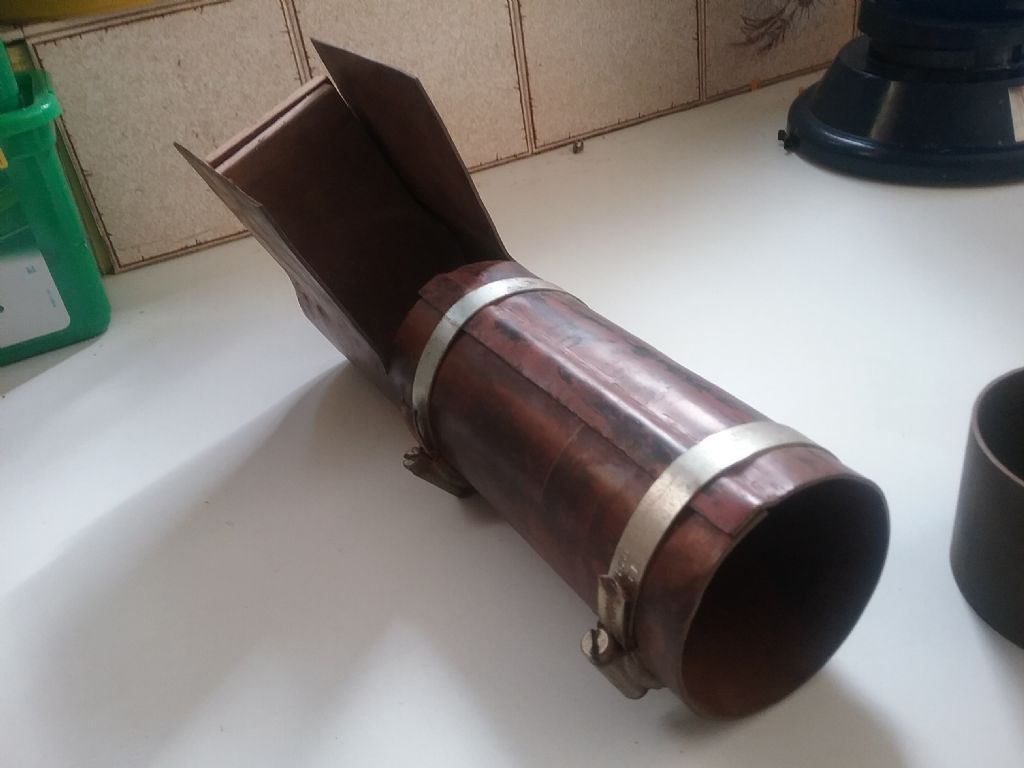Boiler
Boiler
- This topic has 48 replies, 9 voices, and was last updated 15 May 2017 at 11:03 by
duncan webster 1.
- Please log in to reply to this topic. Registering is free and easy using the links on the menu at the top of this page.
Latest Replies
Viewing 25 topics - 1 through 25 (of 25 total)
-
- Topic
- Voices
- Last Post
Viewing 25 topics - 1 through 25 (of 25 total)
Latest Issue
Newsletter Sign-up
Latest Replies
- Fuel resistant adhesive/sealant?
- 3 1/2” gauge diesel loco?
- magnetic chuck for milling machine
- S&B Sabel lathe quick change tool post
- Old Radio Book
- The Honest John motoring website & forum will close in about 5 days.
- DC Wasp Rebuild
- Purpose of pivot on carburettor linkage ? ?
- MC2 collet on myford
- “What about the drains in Finchley?”





